Core CPI at 0.4% or lower changes the stocks, and gold to Green
US CPI Preview: Core CPI at 0.4% or lower monthly component gives stocks, and gold the chance to advance and the greenback.
With all due respect to non-farm payrolls, inflation reports have been much more powerful in shaping the direction of markets. That’s because the Fed is focused on fighting inflation, while the labor market is calm.
The consumer price index is the number one inflation index and in it, the Core CPI MoM is the most important figure. This reflects the most recent changes in inflation that the Fed can influence by changing interest rates. Unsustainable costs of energy and food, (which are determined in global markets) are excluded.
The economic calendar points to 0.4 percent in April, a repeat of April’s figure. This represents an annual gain of around 5%, which is lower than the expected annual increase of 5.5%. That’s good enough to allow stocks and gold to resume gains and the US dollar to weaken.
0.4% would have a limited effect, while 0.3% would have a more significant effect. Any number less than 0.3% is already causing huge moves.
Conversely, if the core CPI rises by 0.5%, stocks and gold will suffer, while the US dollar will rise. The 0.6% level (seen at the end of last year) will already trigger massive moves.

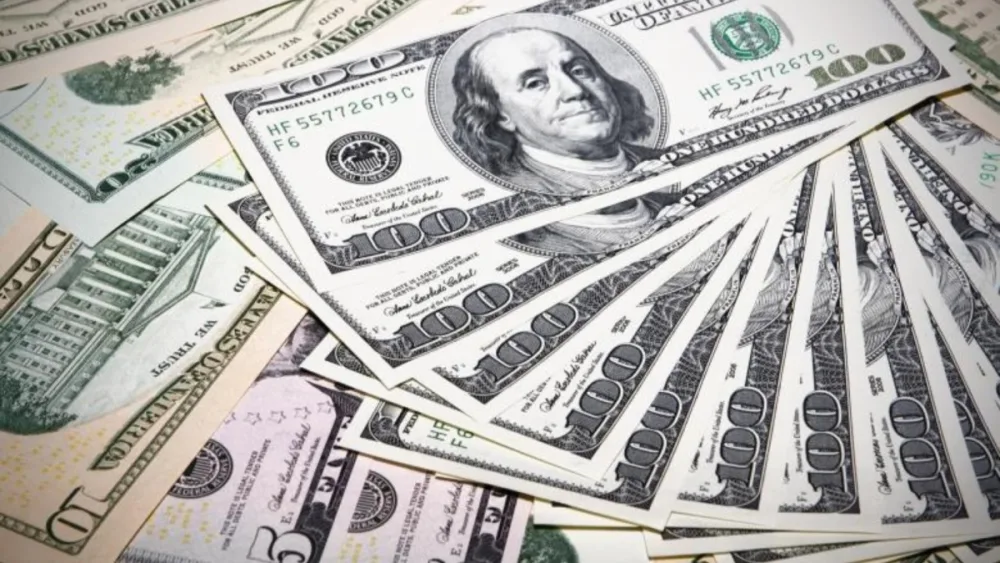

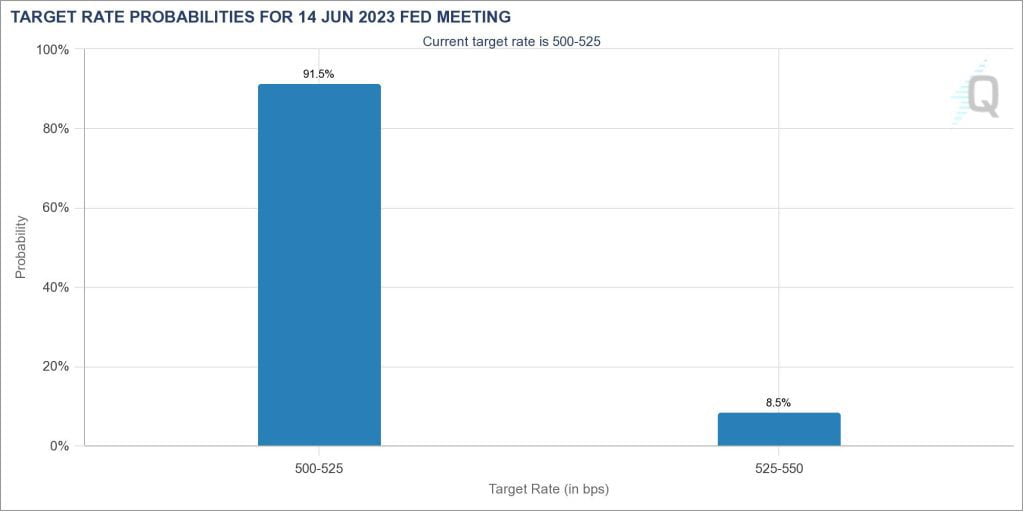

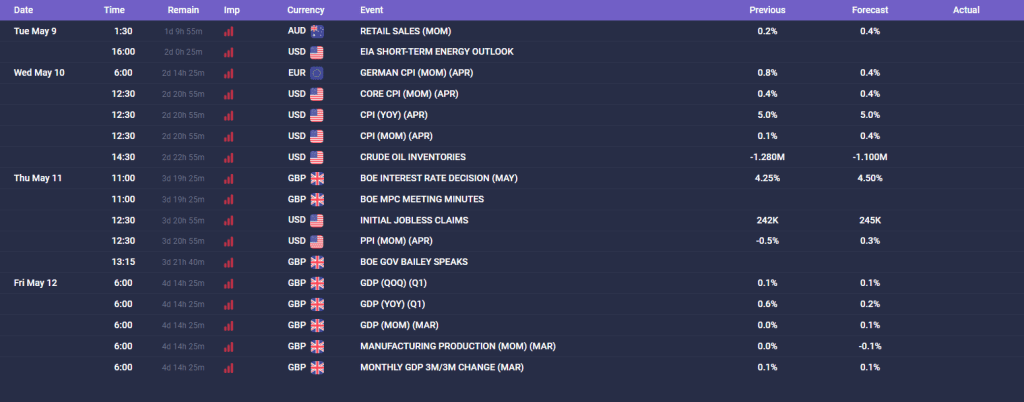
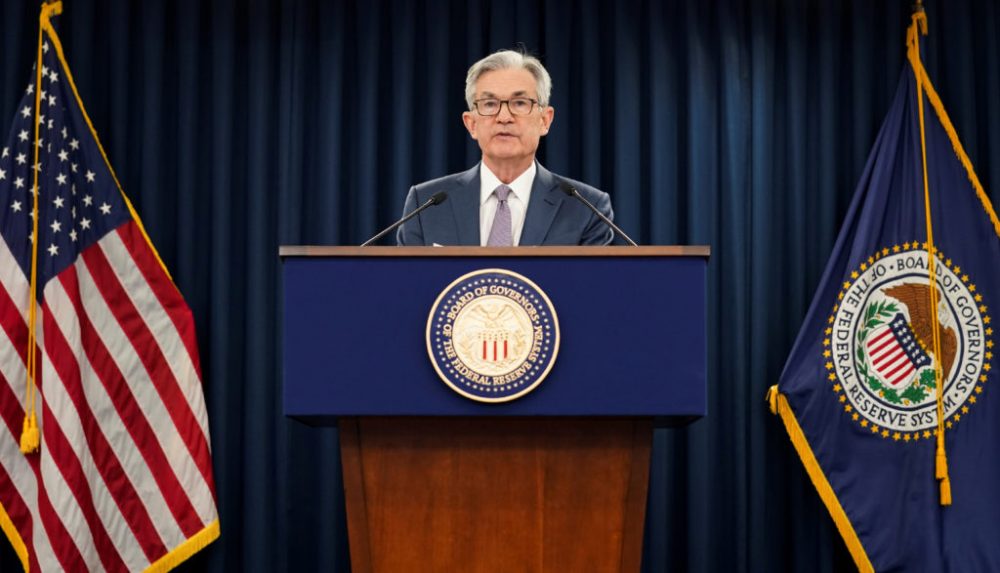

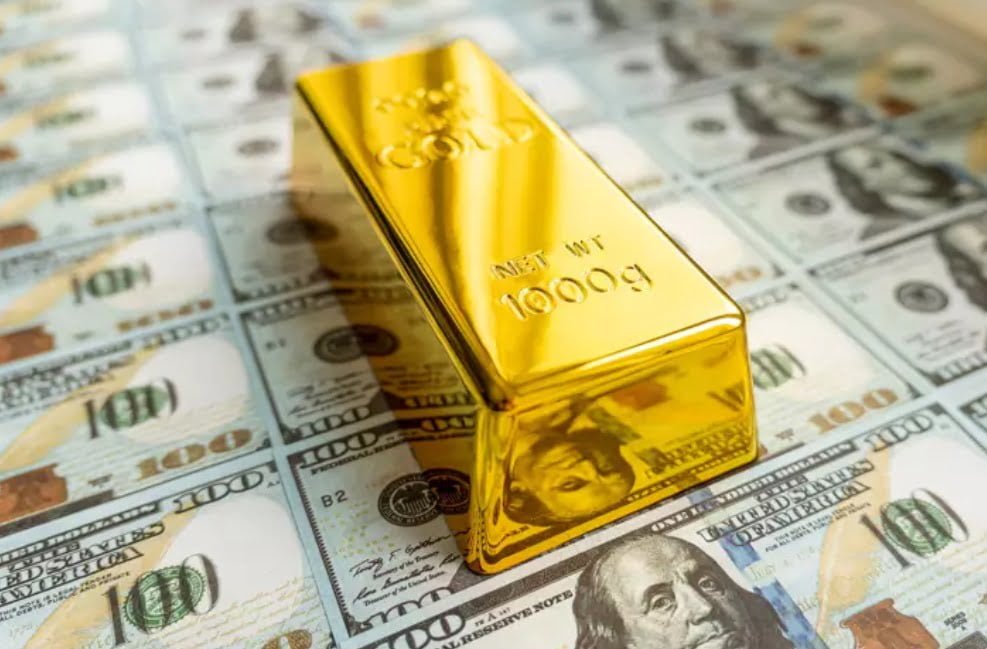
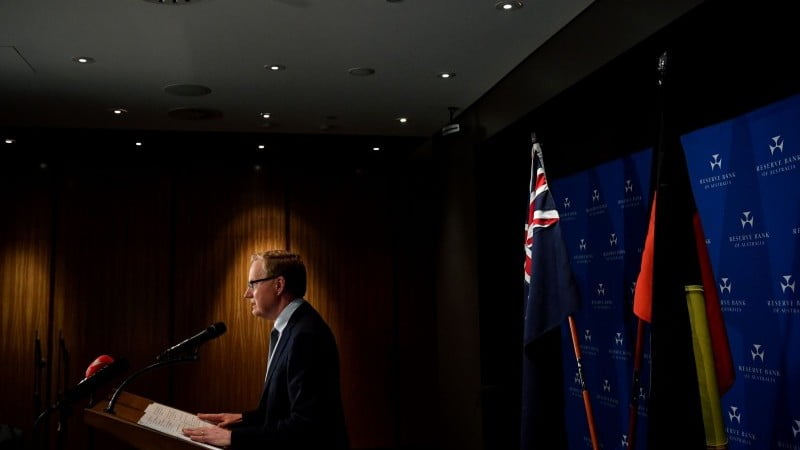
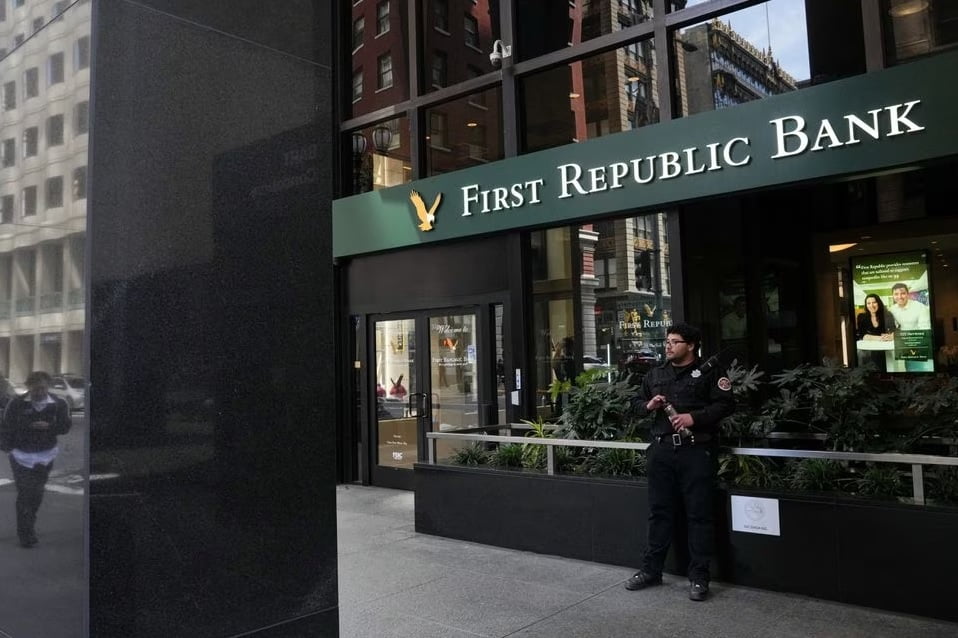








Leave a Reply
You must be logged in to post a comment.